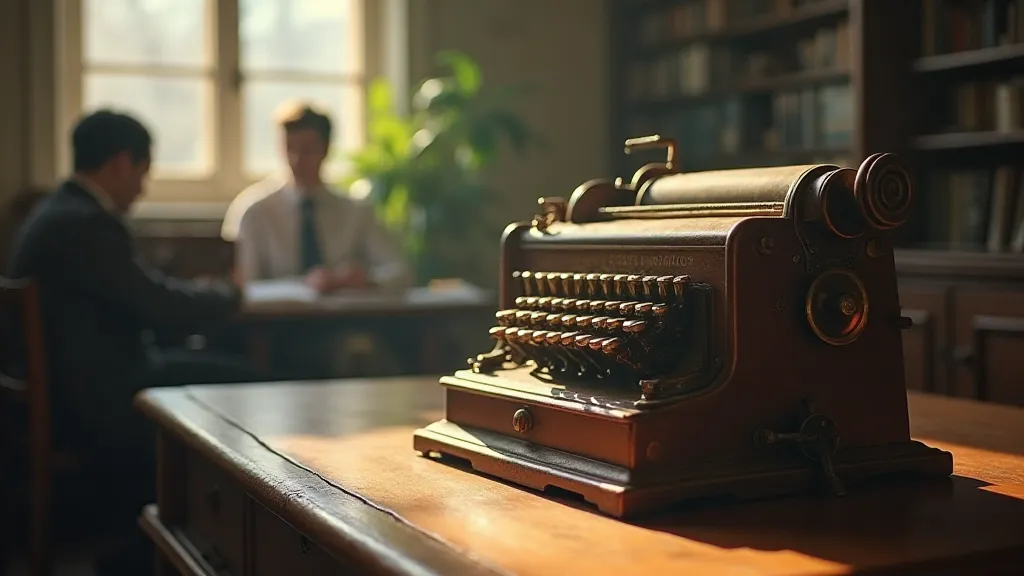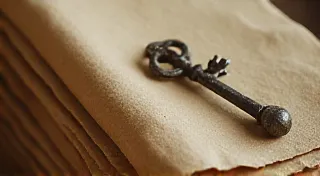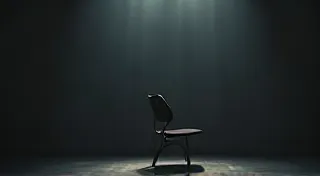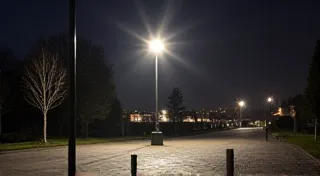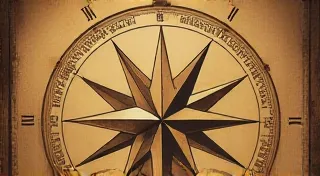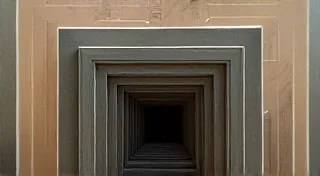The Calculus of Rust: Embracing Decay in Antique Repair
There's a peculiar alchemy that happens when you hold an antique adding machine. It’s more than just the weight of the metal in your hand, or the faint hum of a bygone era echoing in your mind. It's a connection to countless calculations, meticulously recorded, decisions made, and lives touched by this unassuming piece of office equipment. And often, that connection comes with the presence of rust, grime, and the undeniable signs of time’s passage.
For many, the appearance of corrosion on an antique sparks a desire for pristine perfection. A yearning to erase the evidence of age, to return the machine to its factory-fresh state. But I’ve found that striving for that elusive perfection can often rob the machine of its soul. It’s a battle against time itself, a denial of the very essence that makes these machines so fascinating.
My first foray into antique repair involved a 1918 Brunsviga. It was a generous gift from my grandfather, a retired accountant who appreciated the elegance and precision of these mechanical calculators. He’s the one who first instilled in me a respect for their history. The Brunsviga I received was… challenging. Years of neglect had taken their toll. The brass levers were dull, the gears felt gritty, and a creeping orange rust had begun to claim the intricate internal workings. My initial instinct was to strip it down, polish everything to a mirror sheen, and make it look brand new. I envisioned a museum-worthy piece, gleaming under spotlights.
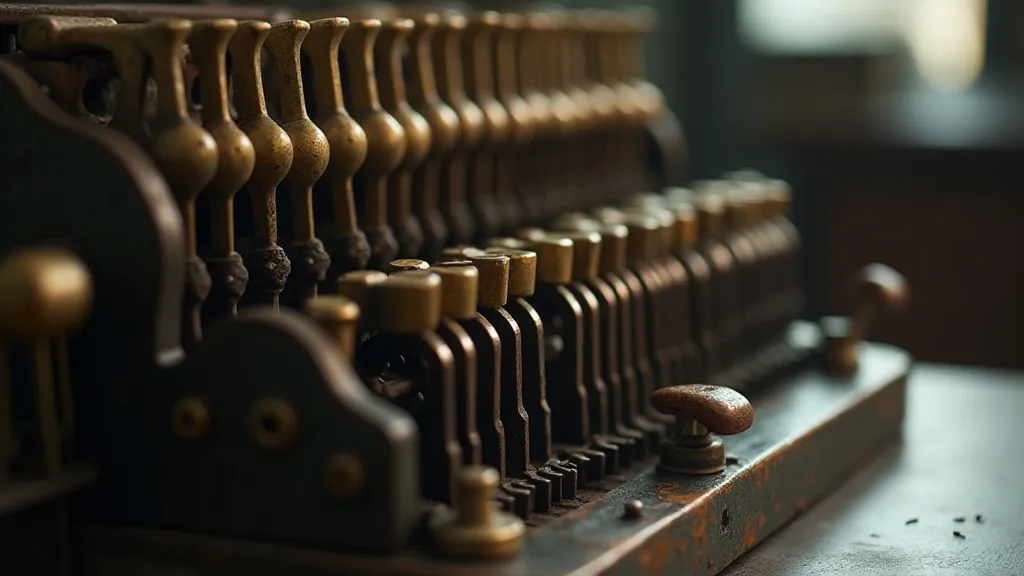
I quickly realized, however, that such an approach would be a tragedy. Each patch of discoloration, each tiny fleck of rust, told a story. It whispered of the countless hours the machine had spent in service, the fingers that had manipulated its levers, the calculations that had shaped its legacy. Erasing those marks felt like erasing a piece of history.
The Preservation Versus Restoration Debate
The tension between preservation and restoration is a constant source of debate amongst antique enthusiasts. Preservation aims to stabilize the existing condition, minimizing further deterioration while retaining the machine's original character. Restoration, on the other hand, seeks to return the machine to a more functional or aesthetically pleasing state, often involving replacement of parts or extensive cleaning and refinishing. There’s no single right answer; it’s a personal choice influenced by the machine’s historical significance, its condition, and the individual’s philosophy.
I’m firmly in the preservationist camp. For me, the beauty of an antique lies not in its flawlessness, but in its authenticity. The patina – that soft, subtle sheen that develops on aged metal – is a testament to time and use. It’s a visual record of the machine’s journey. To relentlessly polish away that patina is to diminish its historical value. It's like airbrushing wrinkles from a portrait; it might create a superficially smoother image, but it loses something essential in the process.
Consider the original finishes applied to these machines. They weren’t designed to last forever. Often, they were thin layers of lacquer or varnish, easily susceptible to wear and tear. To attempt to replicate the original finish perfectly is often impossible, and even if it were, it would be a fabrication, not an authentic representation of the machine’s history.
Stabilizing Corrosion: A Practical Approach
While I advocate for embracing the signs of age, it’s also crucial to stabilize any existing corrosion to prevent it from spreading and further damaging the machine. Letting rust continue unchecked can lead to seized gears, broken levers, and ultimately, a machine that is beyond repair. Here’s a practical approach I’m using:
- Gentle Cleaning: Start with a gentle cleaning using mild soap and water. Avoid harsh chemicals or abrasive cleaners, as these can strip away original finishes and exacerbate corrosion.
- Rust Inhibitors: Apply a thin coat of rust inhibitor. These are readily available and help to slow down the oxidation process. Avoid oil-based products, which can attract dust and grime.
- Selective Waxing: For brass and other metals, a light coat of microcrystalline wax can provide a protective barrier against moisture and further corrosion. Apply sparingly and buff gently.
- Addressing Active Rust: For small patches of active rust – rust that is actively spreading – a gentle application of a citric acid solution can be effective. Soak a cotton swab in the solution and apply it directly to the rust, being careful not to damage surrounding finishes. Rinse thoroughly and dry immediately.
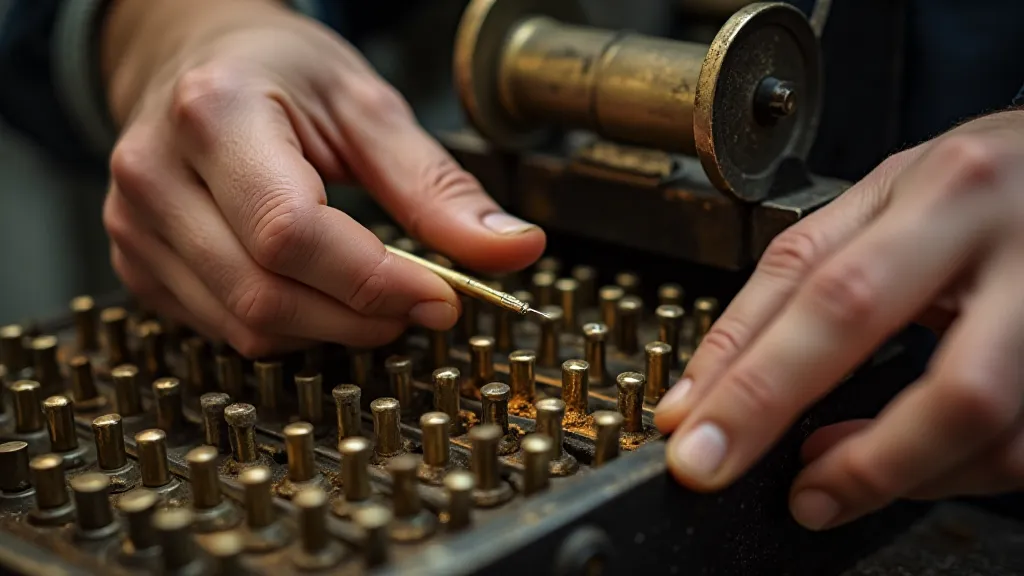
It’s important to remember that this is a delicate process. The goal isn’t to eliminate the rust entirely, but to slow its progression and preserve the machine’s overall condition. Constant vigilance and periodic maintenance are key to long-term preservation.
The Emotional Connection
Repairing antique adding machines isn’t just about mechanical restoration; it’s about connecting with the past, with the ingenuity of the engineers who designed these machines, and with the people who used them. It's about recognizing the inherent beauty in imperfection, in the stories etched into the metal and the wear and tear of decades gone by. The small victories – a gear that turns smoothly after careful cleaning, a lever that moves freely after a little lubrication – are deeply satisfying.
My grandfather’s legacy isn't just the Brunsviga itself, but the appreciation for the mechanical marvels of a bygone era that he instilled in me. He taught me to look beyond the superficial flaws and to see the value in the stories that objects can tell. He showed me that true beauty isn’t about flawless perfection, but about the enduring spirit of craftsmanship and the tangible connection to history that these machines represent. And that’s a lesson worth preserving, just as carefully as the machines themselves.
The next time you encounter an antique adding machine, take a moment to appreciate its history, its imperfections, and the silent stories it holds within. Embrace the decay, understand the calculus of rust, and allow yourself to be transported to a time when calculations were a tangible and deliberate act, performed with precision and ingenuity.
